All about the Venus Flytrap
Venus Flytraps are rather unique and unusual. They are unique in that they grow in soils and conditions that most plants would find difficult – wet, acidic soils with poor nutrients.
Venus Flytraps are unusual in that they are able to live in poor nutrient soils by capturing and digesting insects, and using the nutrients from insects to make up for the poor soils.
There are many varieties of insect eating or carnivorous plants in the world. But most of the carnivorous plants such as pitcher plants (like the Cobra Lily or Darlington California) use passive means to attract, catch, kill, and digest their prey. But the moving traps of a Venus Flytrap is anything but passive.
The Venus Flytrap lures insects to the traps with sweet smelling nectar. As an insect lands, it crawls around inside the trap, and comes into contact with one of six small hairs located within the traps. These small hairs are trigger hairs. If an insect moves a hair more than once, the jaws of the trap close over the insect. And as the insect struggles, the jaws collapse even more tightly around the insect.
The Venus Flytrap digests the captured insect by secreting an enzyme that digests the soft tissues of the insect. This supplies the plant with much needed nutrients, including nitrogen and other minerals. After the plant has extracted the nutrients, the trap slowly opens, releasing the bare and empty exoskeleton of the insect. The exoskeleton blows away, and the trap is reset, waiting for the next careless insect.
Truly the jaws of death!
The scientific name for the Venus Flytrap is Dionaea muscipula. It is plant found growing wild only in the southeastern United States. And understanding the climate and temperature of that region is important to successfully growing Venus Flytraps and in learning Venus Flytrap care.
The Venus Flytrap or Dionaea muscipula, is a fascinating plant, and can be easily grown by child or adult alike who wishes to understand these unique plants even more.
If you want to learn more about the proper care and feeding, read this article first on the care of Venus Fly Trap plants.
Click here if you want to discover some fascinating facts about this carnivorous plant.

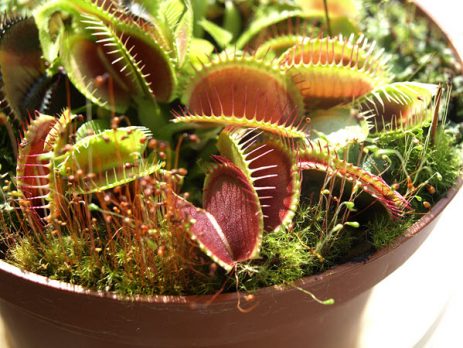
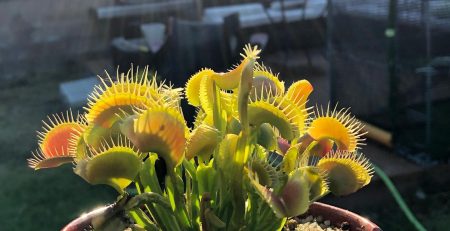
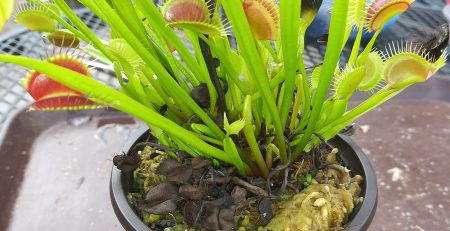

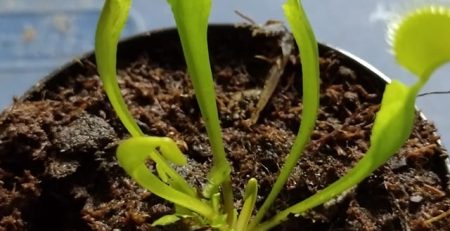
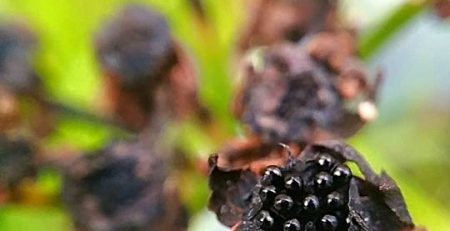
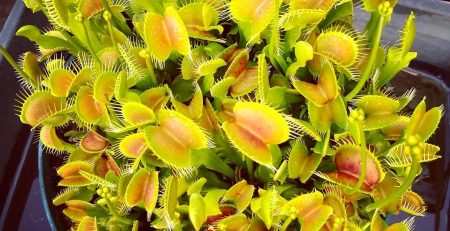
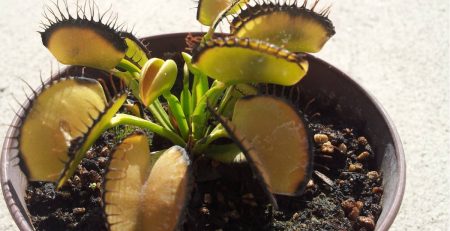
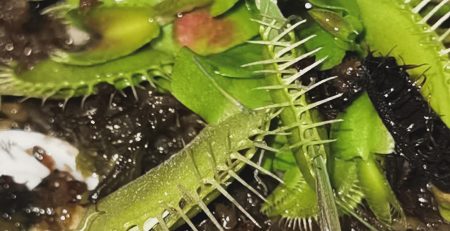
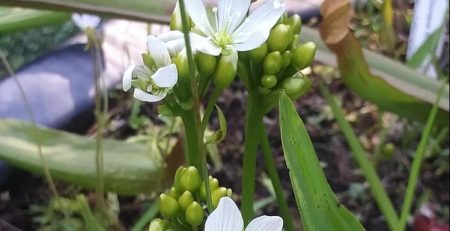
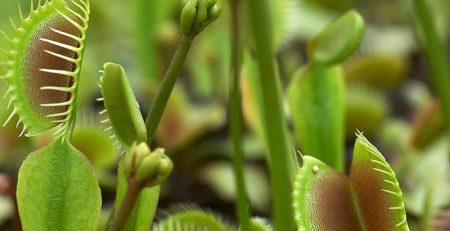
Leave a Reply
You must be logged in to post a comment.